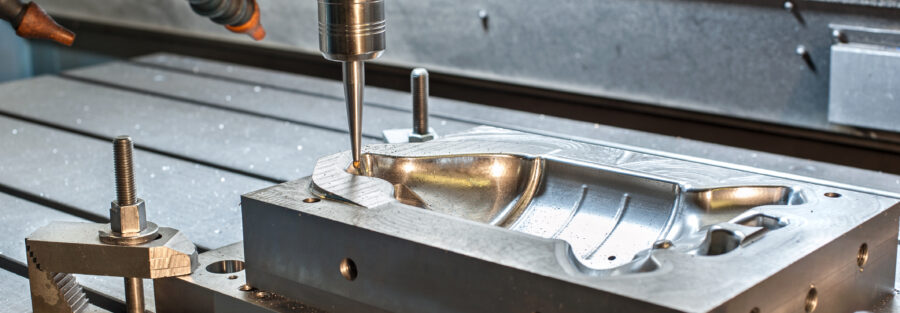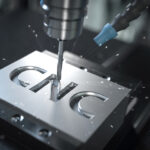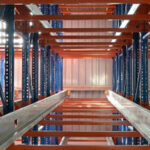Die casting is a manufacturing process in which molten metal is injected under high pressure into a die, or mold, to produce parts with precise shapes. The die is usually made of steel or another metal, and it is precision-machined to produce the desired shape of the final product. The process is typically used to produce small, complex-shaped metal parts with a high degree of accuracy and repeatability.
There are several different types of die casting processes, including hot chamber die casting and cold chamber die casting. In hot chamber die casting, the molten metal is injected into the die using a plunger or screw mechanism. In cold chamber die casting, the metal is poured into a separate chamber, where it is then transferred to the die using a plunger or other mechanism.
Die casting is a fast and efficient way to produce a large volume of parts, and it is often used in the production of automotive and aerospace components, as well as in the production of consumer goods such as electronics and appliances. The process is also used to produce parts for a wide range of other industries, including construction, military, and medical.
Steps of Die Casting
The standard process of die casting involves injecting molten metal into a die mold under high pressure. Whether hot or cold chamber die casting, the intricate steps are the same. Below are the steps:
1. Clamping
Before clamping, clean the die to remove impurities. You’ll also want to lubricate the die for better injection and removal of the solidified product. Once this is complete, clamp and close the die with high pressure.
2. Injection
This step in the process differs based on hot or cold chamber die casting. First, the metal is melted but the difference is how it is injected. In hot chamber die casting, molten metal is injected into the die using a plunger or screw mechanism. Whereas in cold chamber die casting, the molten metal is poured into a separate chamber. From there it is transferred to the die using a plunger or other mechanism. Regardless, inject the metal into the die using high pressure generated by a hydraulic system.
3. Cooling
Without removing the clamp, allow the metal to cool for solidification. The material should be a similar shape to the mold.





